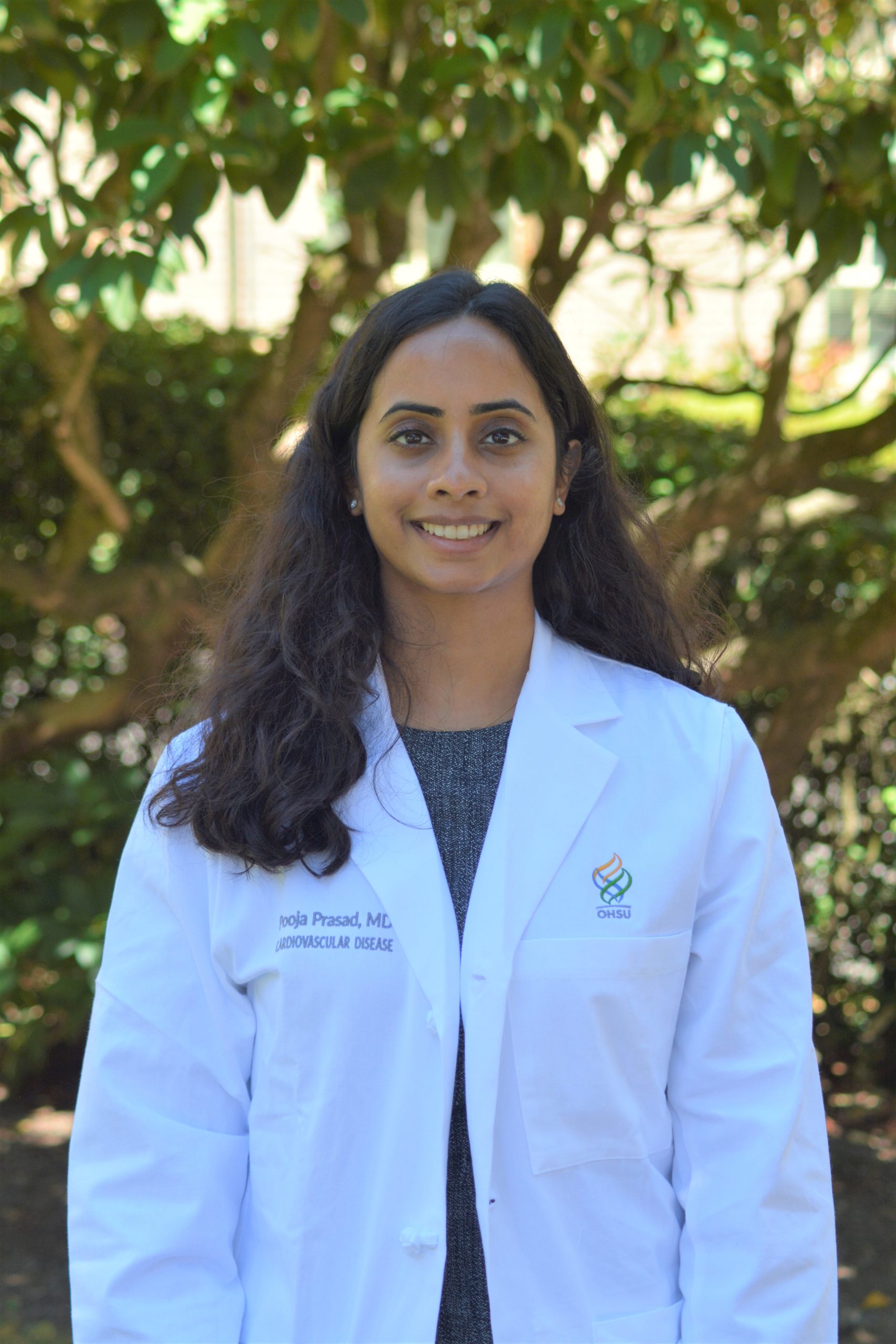
Early on a snowy Friday morning in Minneapolis, MN, #SCAISHOCK started with a session titled “Supersaturated Oxygen Therapy in AMI and Cardiogenic Shock,” presented by multiple experts, including Dr. Sandeep Nathan from the University of Chicago, Dr. Jay Traverse from Minneapolis Cardiology Associates, Dr. Michael Lim from Hackensack University, Dr. Daniel Burkhoff from Cardiovascular Research Foundation, and Dr. Mir Basir from Henry Ford Health System. When it comes to heart attacks, “time is muscle” and the faster perfusion is restored, the more myocardium is saved. But despite significant reductions in Door to Balloon Time, in-hospital and 30 day mortality for acute myocardial infarction (AMI) has remained relatively unchanged.1 Furthermore, in a cohort of patients 65 years and older with an AMI, 37% were diagnosed with new HF during their index hospitalization and 71% developed heart failure within 5 years.2
The proposed mechanisms of such high rates of heart failure after an AMI despite reperfusion include necrosis, apoptosis and autophagy of myocytes that occur even with restoration of flow in the culprit vessel. Microvascular obstruction (MVO) refers to the obstruction at the capillary level from endothelial edema and neutrophil activation. Early MVO as identified by cardiac MRI is associated with worse survival compared to patients without MVO.3 Supersaturated oxygen (SSO2) has been shown to restore capillary blood flow by reducing edema and capillary constriction, allowing improved perfusion. It was observed to reduce infarct size, reduce O2 free radical-mediated damage and increase myocardial tissue perfusion in pre-clinical animal models.
After favorable safety profiles in humans, in April 2019, the FDA approved SSO2 therapy for patients with anterior STEMI undergoing primary PCI within 6 hours of onset. In a 1-year analysis of the prospective single-arm IC-HOT study, lower rates of death and new-onset HF were observed in patients who received SSO2 when compared to a propensity-matched control group.4 However, the non-randomized nature of this study and small cohort size limit conclusions regarding potential benefit. Dr. Basir called for sites to join the ISO-SHOCK IDE PILOT Study, a pilot study of 100 patients with AMI cardiogenic shock, who will be randomized to standard of care with and without SSO2. More data in larger cohorts is needed to elucidate in what group of patients does SSO2 provide the most benefit.
SS O2 is delivered through the TherOX closed loops system, which includes a mobile console, a disposable cartridge that mixes saline and oxygen with arterial blood, and a 5F catheter to deliver hyperoxemic oxygen into the ostium of the left main over 60 minutes. While the extra time required can be met with skepticism, Dr. Nathan astutely noted the time that interventionalists now routinely take for IVUS imaging, physiologic testing, hemodynamic assessment, and circulatory support device implantation in order to improve outcomes. Overall, the session nicely showcased the ongoing innovation within interventional cardiology and was a good reminder that we still have hope for improving outcomes in patients with acute myocardial infarction.
Kicking off this ❄️ morning in MN with a talk on supersaturated (SS) O2 therapy.
1⃣ Despite improvement in DTB time, mortality and HF post-anterior MI remains high. Impaired microvascular flow is the likely culprit @mjlimmd @SCAI @CardioNerds @YoavKarpenshif @JuliettePower44 pic.twitter.com/tJehq9xqaE— Pooja Prasad, MD (@poojaprasad91) October 14, 2022
References
- Menees DS, Peterson ED, Wang Y, et al. Door-to-balloon time and mortality among patients undergoing primary PCI. N Engl J Med. Sep 5 2013;369(10):901-9. doi:10.1056/NEJMoa1208200
- Ezekowitz JA, Kaul P, Bakal JA, Armstrong PW, Welsh RC, McAlister FA. Declining in-hospital mortality and increasing heart failure incidence in elderly patients with first myocardial infarction. J Am Coll Cardiol. Jan 6 2009;53(1):13-20. doi:10.1016/j.jacc.2008.08.067
- Klug G, Mayr A, Schenk S, et al. Prognostic value at 5 years of microvascular obstruction after acute myocardial infarction assessed by cardiovascular magnetic resonance. J Cardiovasc Magn Reson. Jul 12 2012;14(1):46. doi:10.1186/1532-429x-14-46
- Chen S, David SW, Khan ZA, et al. One-year outcomes of supersaturated oxygen therapy in acute anterior myocardial infarction: The IC-HOT study. Catheter Cardiovasc Interv. May 1 2021;97(6):1120-1126. doi:10.1002/ccd.29090

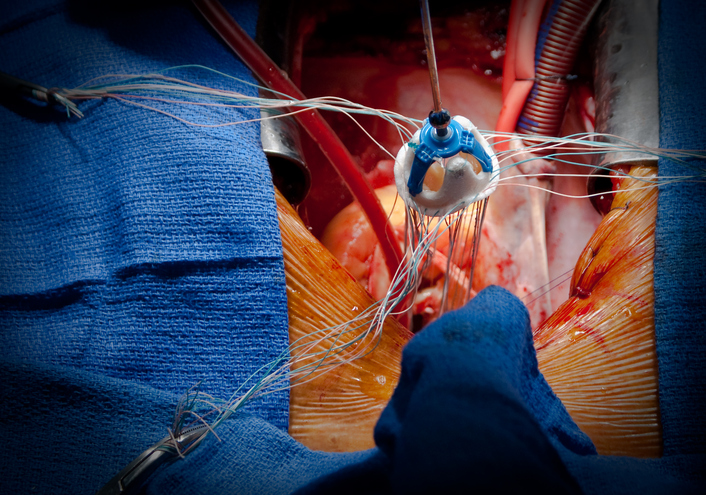
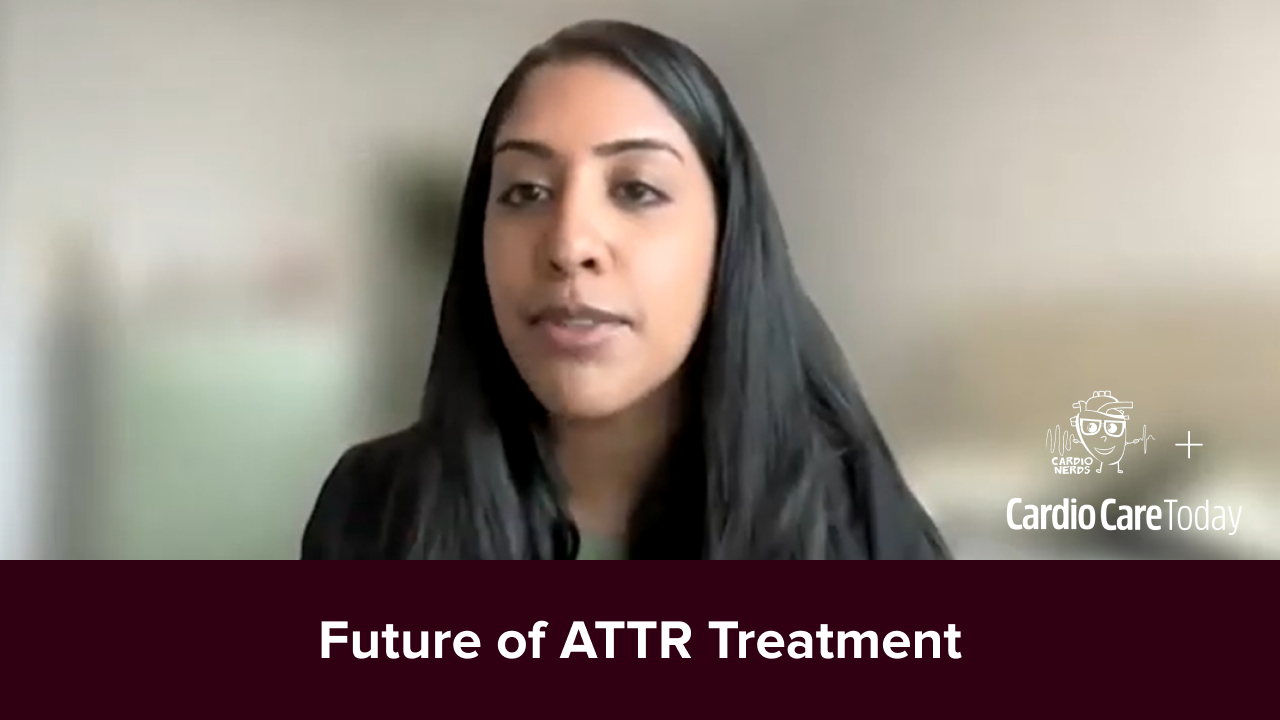
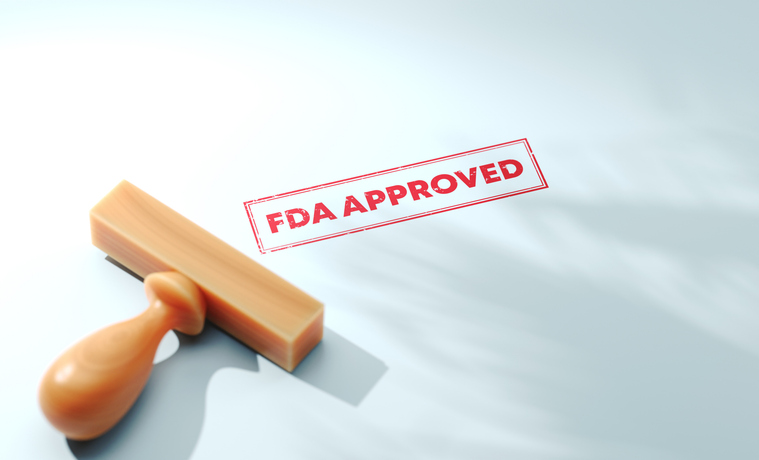
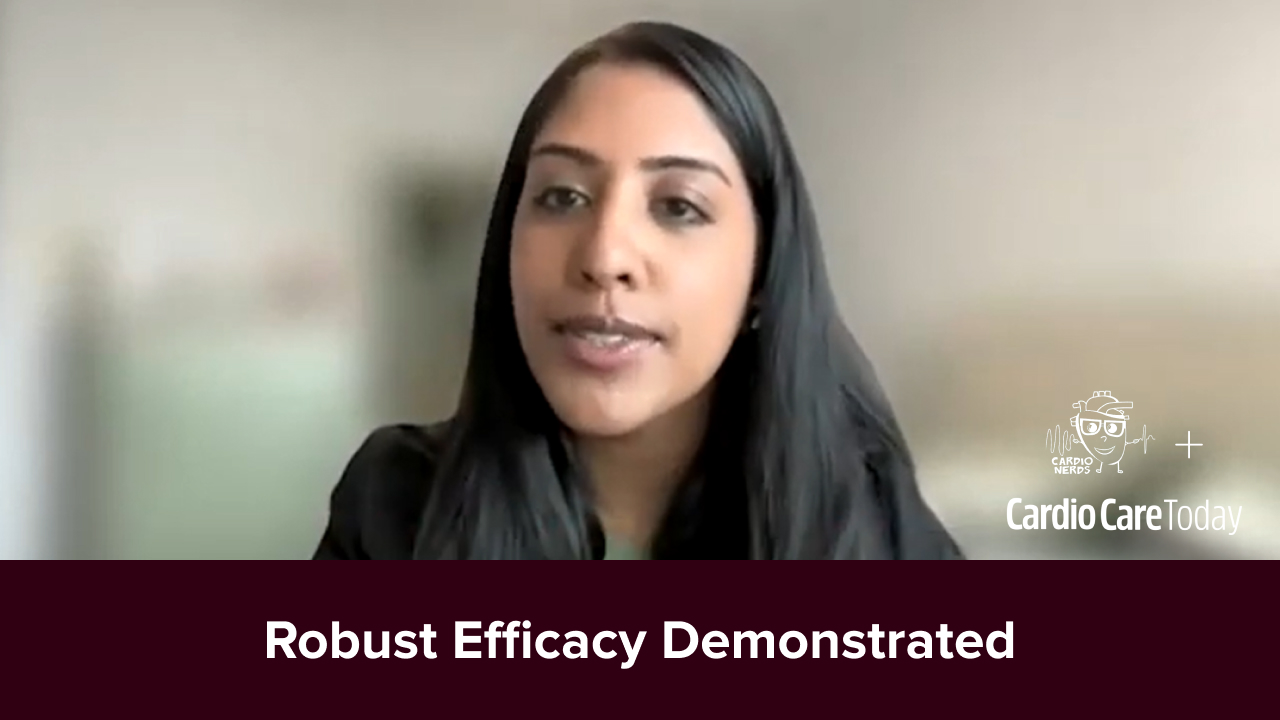
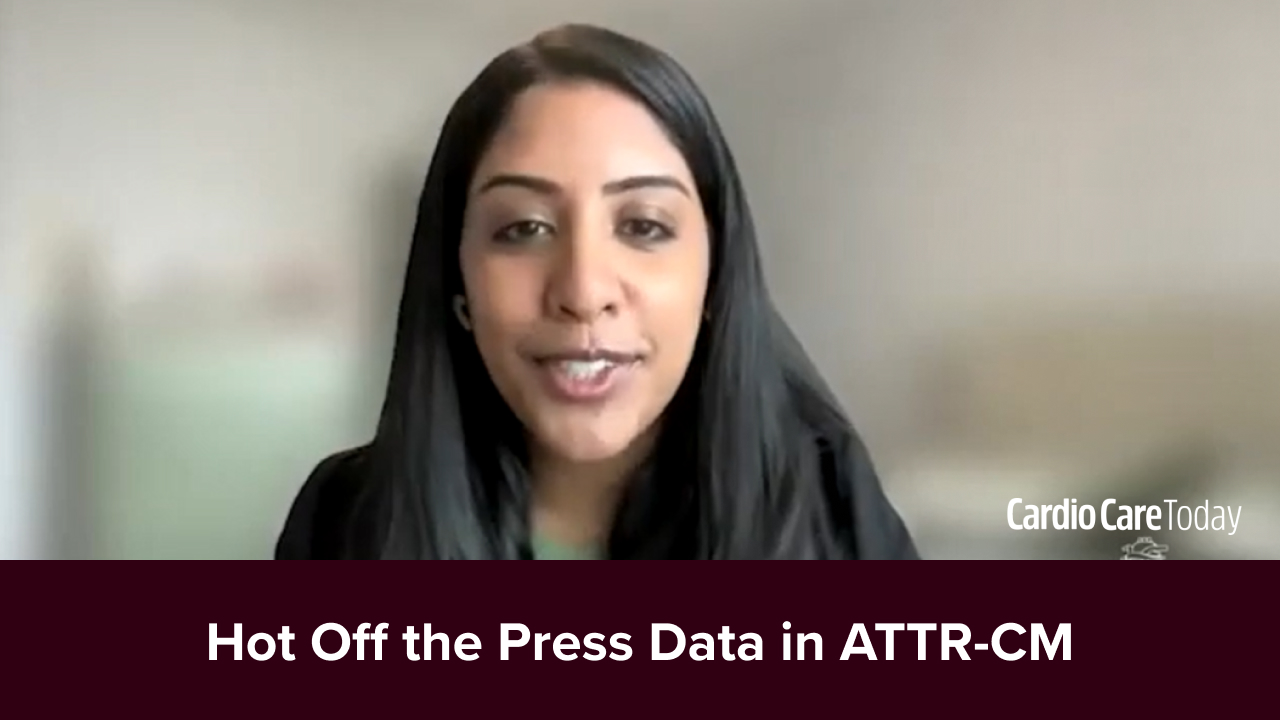

 © 2025 Mashup Media, LLC, a Formedics Property. All Rights Reserved.
© 2025 Mashup Media, LLC, a Formedics Property. All Rights Reserved.